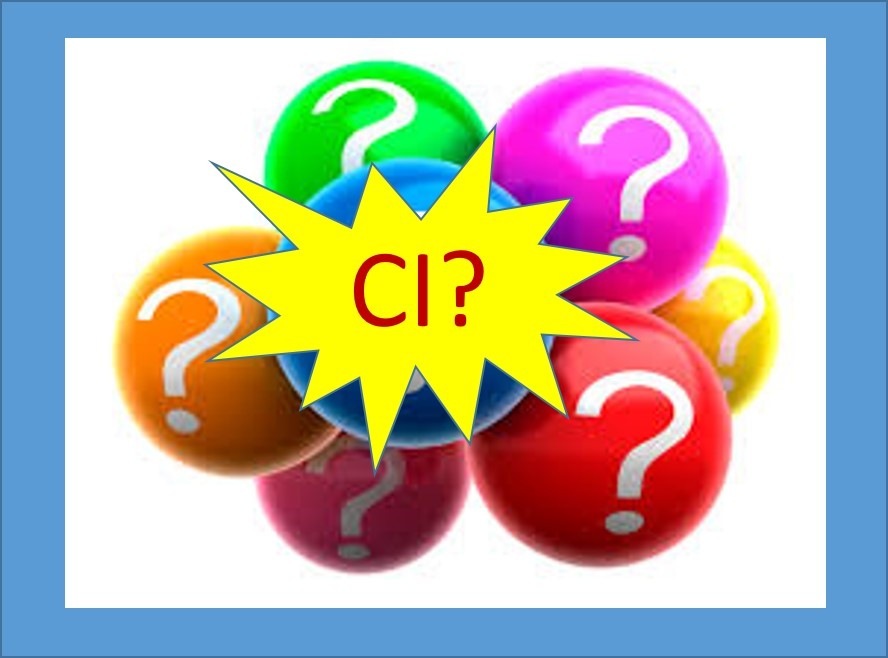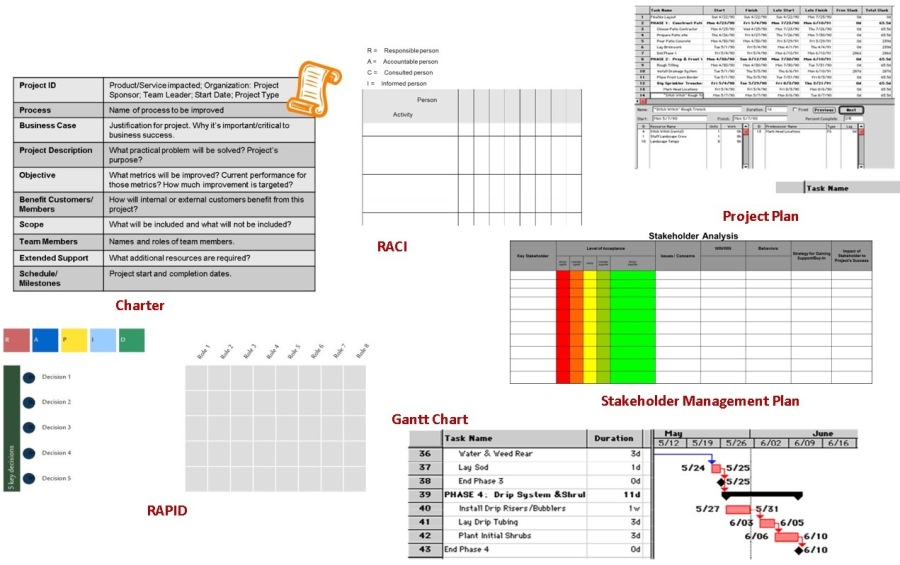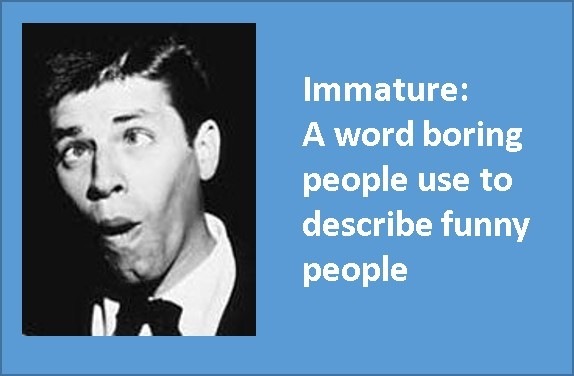Implementing Innovation

Many LinkedIn posts and group discussions are about innovation. A typical question:
“How do you implement innovation in a conservative organization?”
Summarizing the typical comments: “You don’t.” “The culture won’t let you.” “It’s all about the appetite for risk.” “You can’t change people’s thinking.” “Hire a bunch of young people and keep them – if you can.” “It’s hopeless – look at Kodak, Blockbuster, Borders bookstores.”
I disagree. It is difficult to implement new ways of doing things, create new products provide new value to new customers in new and more profitable ways. Difficult, yes; impossible, no.
Let’s puzzle through how to make a company more innovative, thinking in process terms.
What is Innovation?
Webster’s defines innovation as
“ the act or process of introducing new ideas, devices or methods.”
My London Business School classmate, Dimis Michaelides, author of The Art of Innovation defines it as:
“the creation of something new and useful.”
Scott Berkun, speaker, CNBC commentator, and author of many books including The Myths of Innovation, defines innovation as:
Significant positive change. . . that solves a problem. . . and is adopted”
So the process of innovation produces a result– new product, service, method, or business model (method of making money from the value provided to customers.) Now we are getting somewhere – a result can be measured.
The process of innovation also produces something “useful” that “solves a problem.” Who would judge whether the innovation was useful or solved the problem? The customer would and we’d know that by measuring the extent to which it was adopted.
What we’ve left out is the whole idea of “newness,” which I guess is central to a discussion of innovation. The concept of “newness,” seems to produce a lot of excitement in some people, who simply must be the first to have the latest piece of electronic gee-whizery. I am a self-described late-adopter, so newness is less important to me than the value of functionality. I have the feeling that “newness,” is most relevant if new value is produced for the customer.
Newness is often a matter of scale – a jet engine turned on its side becomes a rocket that will take us into space or a Walkman tape player becomes an iPod Nano or vacuum tubes become transistors become integrated circuits carved into a silicon chip.
Newness can also be an entirely new concept – the idea of portable music, the idea of light produced by electricity flowing through a filament rather than a flame of some kind. Or it can be something produced in such a new way that it makes it difficult for traditional competitors to duplicate, for example the entire digital transformation. But we’ll talk more about that when we discuss business model innovation.
What is Innovation Process?
A process is composed of required inputs, activities and decisions that produce some predicted outputs. Understanding the outputs we seek upfront is a great first step. What a company needs to do to innovate some line extension moderately different products or services to achieve incremental gains in market share will likely be quite different from a company trying to reinvent itself or its industry. However the underlying process will be the same.
Before I share a process model framework for innovation, let me give a caveat. In my old age, I am becoming framework agnostic. There are probably thousands of innovation process frameworks to use. The only important thing is to pick one that resonates for your organization and stick with it. Here is a model I use:

- It begins with defining the problem you are trying to solve or the opportunity you wish to capitalize upon
- It ends with adoption, which to me is the measure of success
- The model differentiates between idea generation and testing of ideas or designs. In practice there is often no clear bright line between these steps, but I find that showing them separately ensures that ample attention is given to each activity.
- The model shows evaluation decisions between steps, (Gray diamonds). I have a strong belief that evaluation must happen at multiple stages in the process. Innovation is as much a matter of “killing” unpromising ideas as it is investing in perceived winners.
- R-W-W are three questions
- Is it real? (Is there an opportunity for this idea with these customers for anyone?)
- Can we win? (Competitiveness of the product and company)
- Is it worth it? (Reward – profit vs. risk)
- R-W-W is a simple evaluation that gets more detailed as investment grows.
The Define and Prioritize step makes sure that there is a “problem we are trying to solve.” The inputs to this process can be regular competitive analysis, environment scans for technology development, and changing customer needs. Sometimes Define and Prioritize bleeds into Ideation. Sometimes we find a technology that we see could disintermediate our core processes and begin to examine how we’d utilize it. Sometimes we examine the “underlying functionality” or “job to be done,” like listening to music, and challenge the existing paradigm. “How could we make it portable?”
Similarly, Ideation sometimes bleeds into Testing. The concepts of rapid prototyping to test and fail quickly and learn from the failure can greatly speed up the process assuming that risks are low and there is a clear process for learning. (Without the after-action-review, the document, evaluate, and include learning step before proceeding, innovation groups are unnecessarily chaotic and tend to reinvent the wheel a lot, without much output.)
The implementation step can include some testing. Many of us have had the customer experience of a new software release that we say is just a “buggy beta version,” where the customer is expected to find the “bugs.” It is faster, but may not produce a beautiful customer experience.
Adoption is not just a matter of customer adoption. Integrating a new product, service or methodology into the operations of the existing organization can be extraordinarily tough. The degree of difficulty is related to the size of the change, but sometimes the seemingly smallest changes can produce phenomenal resistance. When it occurs it is a sign that you have undermanaged stakeholders in the process. Managing it requires a lot of listening and accepting before responding.
How Does a Company Implement Improved Innovation?
Implementing innovation is simply planned change and like other types of planned change it follows a process:
- Establish the why of change – what evolving customer needs are we trying to meet, or what competitive threat or disruptive technology are we trying to respond to?
- Establish the how of change – What are the expected results, by when? Gain commitment to your version of the process described above, plus organization, roles and responsibilities, funding, decision structures, metrics and rewards
- Monitor results and improve the process.
Now that sounds really easy, doesn’t it? It’s not. Here are a few special issues to think about:
Organization: There is always a big debate whether to insulate innovation in its own organizational unit, the Lockheed “skunk works” or Macintosh Pirates, or hold everyone accountable – like 3M or Google do expecting everyone to spend 20% of their time on “new stuff.” The separate organizational unit creates focus, but creates an integration problem later on. The “everyone innovates” model is inclusive and can produce some surprising results, but requires massive infrastructure to manage.
Funding – whose project gets money and whose doesn’t can be a huge issue. I’ve seen a couple of organizations who’ve set up an internal Venture Capital structure to manage this quite successfully. The most important success factor seems to be transparency –communicating why one project did get funded and one didn’t.
Metrics and Rewards-at a system-wide level measuring the percentage of new products as part of the mix is good, but backing up to each stage gate –how many ideas, how many working prototypes, how many successful market tests is required. My favorite metric and reward is the “W. L. Gore annual reward for the ideas that looked the best on paper, but was the most spectacular failure.” I heard Tom Peters talk about this and passed it on to some friends at Cowden and Associates, a health and welfare consulting firm. They have used it to increase disciplined planning and the number of ideas, while have some fun in the process.
Business Model Innovation – my friends who are 10-15 years younger than me, or who got their MBAs more recently than I did, can’t believe that “business model” is a relatively new term. I think the term came into use in the late 1990s and early 2000s with the Internet boom, used by entrepreneurs and venture capitalists alike.
The term simply means a succinct definition of the value you provide to customers and how you make money. There are many ways to break it down with Business concept, Revenue Model, Cost Model and Profit Model being the most frequently talked about component parts.
Business models today are usually discussed starting with the term “disruption” usually because of a new technology. Kodak had its business model disrupted by digital cameras with which you could send pictures by email. Blockbuster’s business model was disrupted by Netflix that first mailed DVDs and later sold streaming so customers didn’t have to leave home to watch a movie. Borders was the first big bookstore to fall to Amazon’s on-line bookstore business model.
Business model innovation is a special case process, which relies on technology scanning, understanding future customer desires, (Apparently, we all want to never leave our home or stop looking at our smartphones.) challenging assumptions in the existing paradigm and experimenting a great deal.
Changing to an Innovating Culture – unfortunately I have now lived so long that the people who used to deny the existence of corporate culture, (“You mean like those little white plastic tubs my wife keeps in the fridge?”) have graduated the view that culture is obstructive and unchangeable, (“our culture won’t support that.”)
Culture change isn’t impossible, but companies that succeed in changing culture over time do it by changing behaviors and the organizational support (like rewards and recognition) for different behaviors. They also “stack” desired new cultural behaviors on top of other positive cultural behaviors that already exist.
Two pitfalls to the process are:
- The cult of creativity – loving ideas so much that you are not paying enough attention to delivering results.
- The corporate crunch – unrealistic hurdle rates and holding nascent projects to the same standards as established businesses.
I have written elsewhere about the continuum between Innovation and Improvement. Both are disciplines that can be learned and implemented in most organizations. It takes some time and practice. It can be done slowly or quickly depending on the organization and industry context and the resources available. Sometimes an internal consulting firm is one tool that can help expedite the process. Every company’s innovation path will be different, some more frustrating than others. Perhaps the best advice I know comes from a Jimmy Buffet song:
“Breathe in, Breathe out, Move on.”
""Articles from Alan Culler
View blog
“The wise man doesn’t give the right answers, he poses the right questions.” · Claude Levi-Strauss ...

Continuous Improvement Project Management tools · Metrics and measurement, root causes not symptoms, ...

The late, great Jerry Lewis as a young comedian · “You are only young once, Alan, but you can be imm ...
You may be interested in these jobs
-

Pet residence for dogs
Found in: Handyman CS US - 25 minutes ago
Direct apply
beBee Handyman Midland Park, NJ, United States FreelanceI am in need of a Dog Caregiver service with the following characteristics in Midland Park, NJ:Pet type · Dog · Dog breed · Water Dog · How many pets need to be cared for? · 1 · Weight, age, and gender of the pet · Weight: 18, age: 1 year and 2 months · What pet care services nee ...
-
Respiratory Therapist
Found in: Lensa US P 2 C2 - 6 days ago
Capital Health Medical Group Pennington, United StatesEstablishes and manages basic and complex forms of mechanical ventilation (e.g., HFO, NPPV, PRVC, transport) with high proficiency and minimal supervision. Performs weaning mechanics as ordered with high proficiency in greater than 90% of the ventila Respiratory, Respiratory Ther ...
-
Training Instructor
Found in: beBee S2 US - 3 weeks ago
Department Of The Army Anniston, United States Full timeSummary · Please limit your resume to 5 pages. If more than 5 pages are submitted, only the first 5 pages will be reviewed to determine your eligibility/qualifications. · About the Position: The Anniston Army Depot is located in Anniston, Alabama in the foothills of the Appalachi ...


Comments